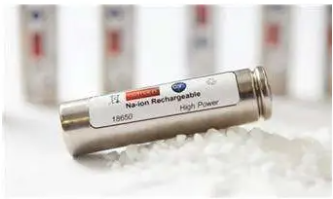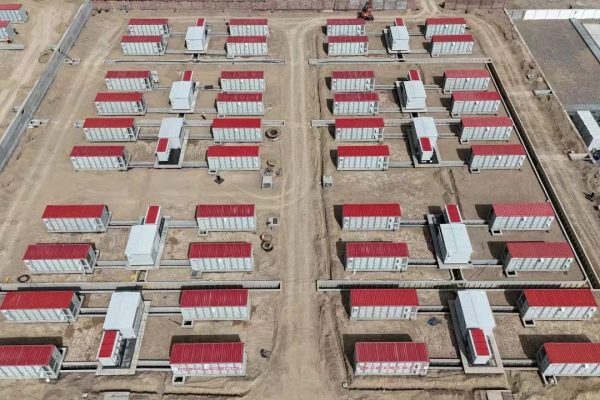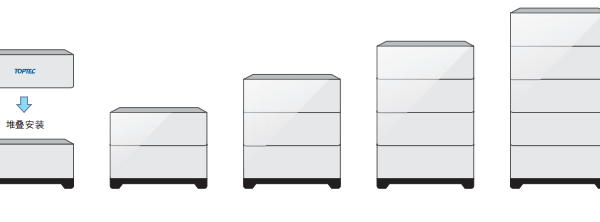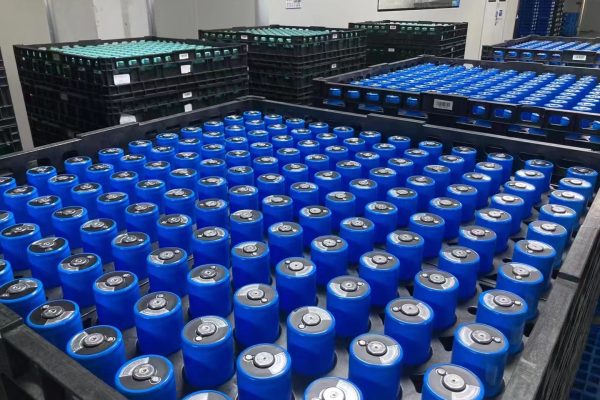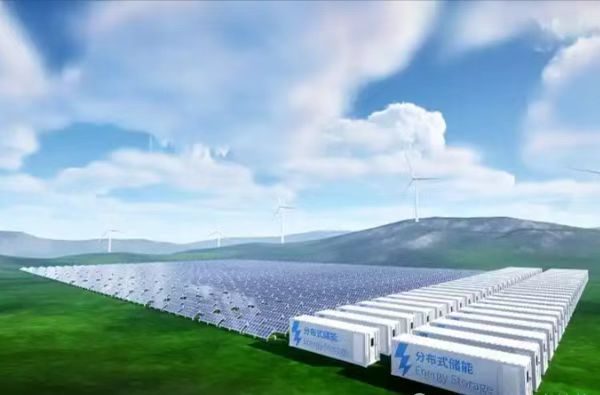How Nano-Scale Materials Are Shaping the Next Generation of Energy Storage
🔬 Why Nanotech Matters for Batteries
As energy storage continues to evolve beyond basic lithium-ion, nanotechnology is playing a central role in the next wave of battery innovation. From nanostructured electrodes to solid-state electrolytes, nanoscale materials are unlocking higher energy density, faster charging, and longer cycle life.
For small-to-medium installers or integrators involved in battery system design — or export clients watching market trends — understanding the basic principles of nanotech in batteries can offer a strategic edge.
This article outlines the key nanotechnology concepts being applied in modern batteries, and how they impact performance, cost, safety, and commercialization.
⚛️ What Is Nanotechnology in the Battery Context?
Nanotechnology involves manipulating materials at the nanometer scale (1–100 nm). At this scale, materials exhibit unique physical, electrical, and chemical properties not seen in bulk form.
In batteries, nanotechnology is typically applied to:
- Electrode materials (anode and cathode)
- Electrolyte membranes
- Interface layers (SEI, current collectors)
- Conductive coatings and additives
By engineering these components at the nano level, battery makers can achieve:
- Faster ion transport
- Higher surface area for reactions
- More stable interfaces
- Better mechanical strength and flexibility
🔋 1. Nanomaterials in Lithium-Ion Batteries
🧱 Nanostructured Anodes
Traditional graphite anodes are being replaced or modified using:
- Silicon nanoparticles: Offer 10x theoretical capacity vs. graphite
- Carbon nanotubes (CNTs): Improve conductivity and structure stability
- Graphene: 2D material for ultra-fast electron mobility and flexible films
💡 Challenge: Silicon expands ~300% during charging — nanostructuring helps control volume change.
🔋 Nanocoatings for Cathodes
Coating cathodes like NMC with nano-ceramics or polymers improves:
- Resistance to electrolyte degradation
- Cycling stability
- Thermal safety
🧪 Nano-Electrolytes
Nanoparticles are used to create gel-polymer or solid-state electrolytes, enhancing:
- Ionic conductivity
- Safety (non-flammable)
- Stability at high temperatures
⚡ 2. Nanotechnology in Emerging Battery Chemistries
Beyond Li-ion, nanotechnology is a key enabler for next-gen batteries:
🔸 Solid-State Batteries (SSB)
- Use nano-ceramic electrolytes (e.g., Li7La3Zr2O12 or LLZO)
- Offer higher energy density and better thermal safety
- Nano-engineered interfaces reduce dendrite formation
🔹 Lithium-Sulfur (Li-S)
- Sulfur is abundant and low-cost, but unstable
- Nano-confined sulfur in porous carbon prevents dissolution and improves cycle life
🔸 Sodium-Ion Batteries
- Similar to Li-ion but lower cost
- Use nano-carbon materials and layered oxides to stabilize sodium ions, which are bulkier than lithium
🔹 Zinc-Based Batteries
- Water-based and ultra-safe
- Nano-engineering of zinc electrodes addresses dendrite growth and reaction reversibility
🧩 3. Key Benefits of Nanotechnology in Batteries
| Feature | Benefit |
|---|---|
| 🔋 Higher Energy Density | Nanostructures allow more ions per volume |
| ⚡ Faster Charging | Shorter ion diffusion paths and better conductivity |
| 🔁 Longer Cycle Life | Nano-stabilized interfaces resist degradation |
| 🔥 Improved Safety | Nano-coatings reduce thermal runaway risk |
| 📉 Lower Cost (Long-Term) | Enables use of cheaper abundant materials like sulfur or sodium |
⚠️ Note: Nanotech often increases manufacturing complexity and cost in early stages, but leads to better lifetime value.
🌍 4. Commercialization: Where Are We Now?
While nanotechnology has been proven in labs for over a decade, scaling it for real-world products is only now becoming viable. Here are some notable trends:
✅ Currently in Market:
- Graphene-enhanced LFP batteries (China & Korea)
- CNT/Si-blended anode packs for EVs
- Nanocoated NMC/LMFP cathodes in energy storage systems
- Nano-ceramic SEI layers in high-voltage lithium-ion
🚧 Near-Term (1–3 Years):
- Solid-state pouch cells with nano-structured electrolytes
- Li-S prototype cells with nano-carbon-sulfur composite
- Zinc-ion batteries for safe residential or telecom backup use
⏳ Long-Term R&D:
- Quantum dot electrolytes
- Self-healing nano-binders
- Nano-porous silicon foams for 1000+ cycles
🧠 5. What Installers & Integrators Should Know
If you’re a small-to-medium EPC, distributor, or system designer:
| Question | Recommendation |
|---|---|
| Are nanotech batteries already in my market? | Yes — especially in high-performance LFP and solid-state prototypes |
| Should I advertise “nanotech” to clients? | Only if backed by reliable specs (e.g., graphene-enhanced cells) |
| Do I need to change my BMS or inverter config? | Usually no — chemistry or voltage ranges still define the interface |
| How to avoid “nano hype”? | Ask for full spec sheet and cycle life test data — not just marketing terms |
💬 “Nanotech” should mean better real-world specs — not just a buzzword.
🧾 Conclusion: Nanotech Is the Future — Already in Motion
Nanotechnology is no longer just a research lab topic. It is already transforming commercial battery products, especially in China, South Korea, and select EU pilot projects.
For buyers and integrators, the key is to:
- Understand what benefits nanotech brings
- Validate performance beyond the label
- Position advanced battery offerings for premium or high-performance clients
🚀 The next battery breakthrough won’t just be about chemistry — it will be about structure at the nano-scale.





